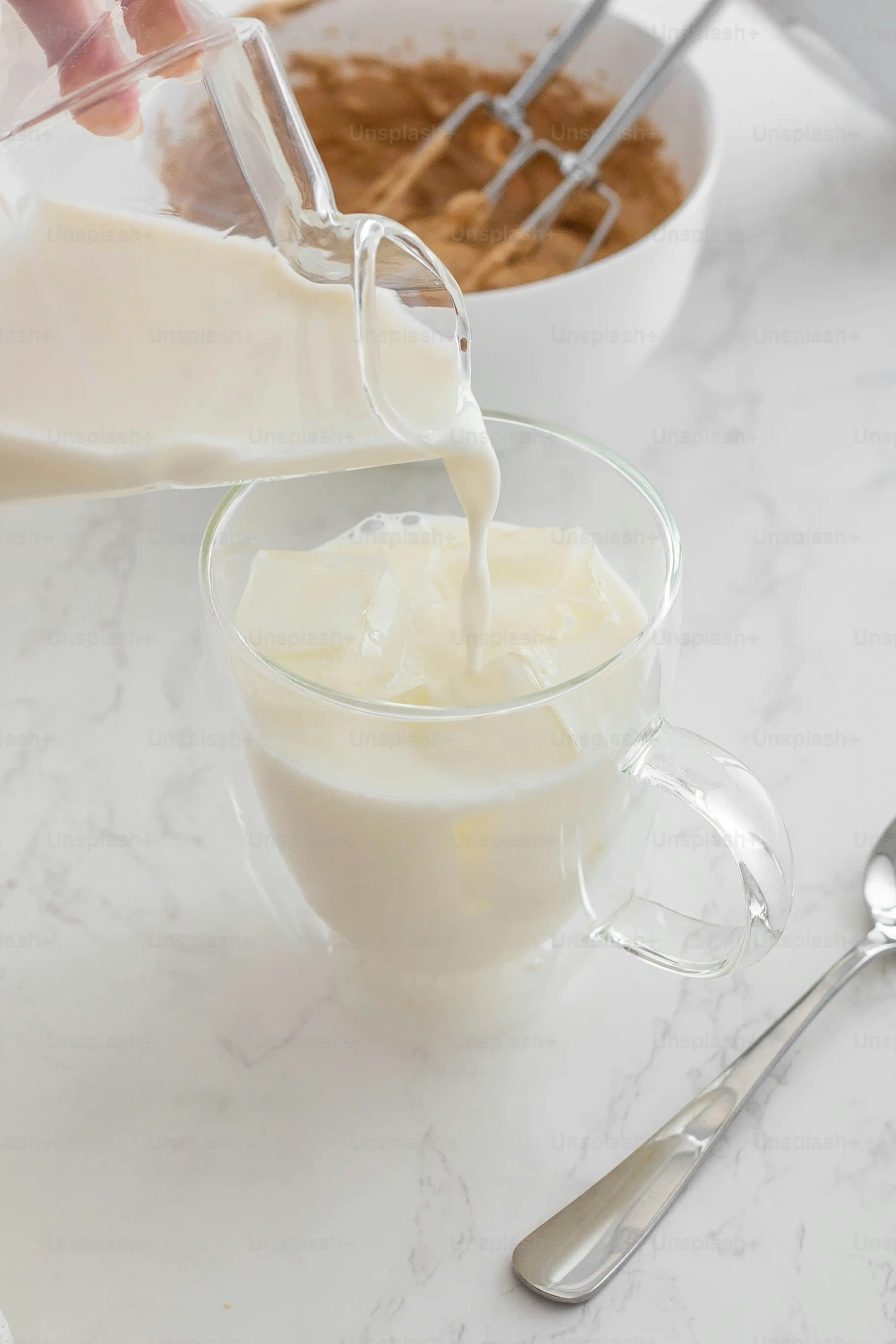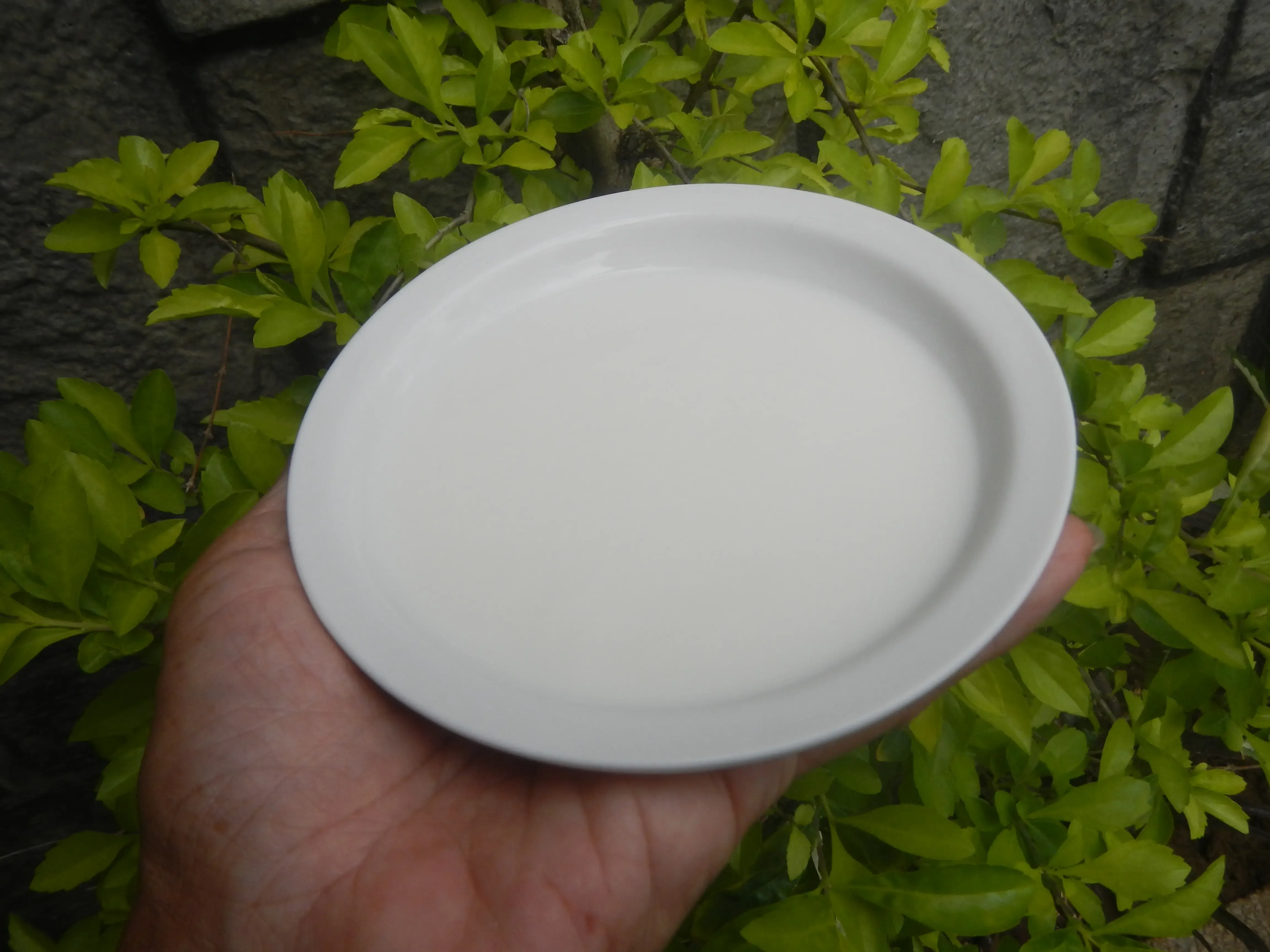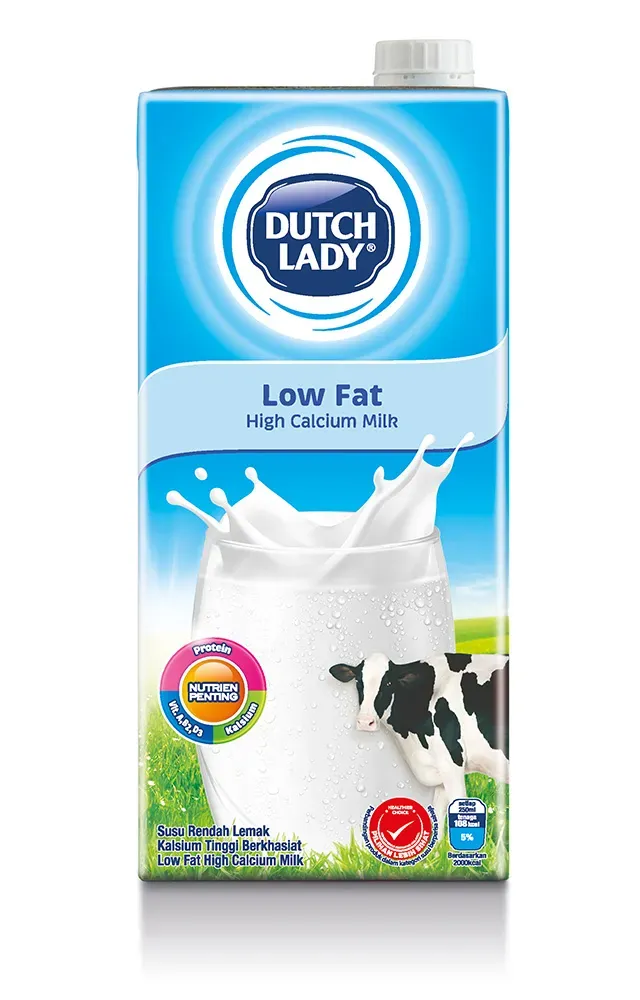Table of Contents
Are you standing in the dairy aisle, facing a wall of milk cartons – whole, 2%, skim, and everything in between? It's enough to make your head spin. You might be specifically eyeing the cartons labeled "milk low fat," wondering if it's truly the best choice for your health goals or just another dietary trend. The sheer variety, coupled with conflicting information online, makes picking the right milk feel more complicated than it needs to be. Let's simplify things. This article zeroes in on milk low fat. We're going to pull back the curtain and examine exactly what sets it apart. You'll learn about the tangible benefits it offers, how it stacks up against full-fat milk and non-dairy alternatives, and practical, no-nonsense ways to integrate it into your daily life. By the end, you should feel confident about whether milk low fat fits your needs, armed with facts instead of marketing buzzwords. Get ready for a straightforward look at this dairy staple.
Understanding Milk Low Fat: More Than Just Less Cream

Understanding Milk Low Fat: More Than Just Less Cream
What Exactly is Milk Low Fat?
Alright, let's cut through the noise around milk low fat. When you grab that carton labeled 1% or 2%, you're essentially getting cow's milk that's had most of its fat removed. Whole milk clocks in around 3.25% fat. 2% milk, also called reduced-fat, has just that – 2%. 1% milk, often called low-fat, gets even leaner, down to 1% fat content. Skim milk takes it furthest, practically stripping out all the fat. So, when we talk about milk low fat, we're generally referring to the 1% or 2% varieties. It's not some mysterious new beverage; it's just regular milk with a specific amount of fat filtered out.
The Process: Where Does the Fat Go?
You might wonder how they get the fat out. It's not magic, just centrifugal force. Dairies use machines called centrifuges that spin the milk at high speeds. This process separates the lighter cream (which is mostly fat) from the heavier skim milk. They can then add a precise amount of cream back into the skim milk to achieve the desired fat percentage for milk low fat, whether that's 1% or 2%. It's a standard industrial process, nothing particularly complex or hidden. Think of it like spinning lettuce dry in a salad spinner, but way faster and more precise with liquids.
This controlled process ensures consistency in fat content, which is crucial for labeling and nutritional information. It’s why every carton of 2% milk from the same brand tastes and feels pretty much the same.
- Whole Milk: Approx. 3.25% fat
- Milk Low Fat (2%): Exactly 2% fat
- Milk Low Fat (1%): Exactly 1% fat
- Skim Milk: Less than 0.5% fat
Beyond the Fat Content: Nutrients Remain
Here’s a crucial point: while fat is reduced, the core nutritional punch of milk low fat largely remains. You still get the same amount of protein, calcium, vitamin D (often added), and other essential nutrients found in whole milk. The vitamins A and D are fat-soluble, meaning they are often lost when fat is removed, but regulations typically require dairies to fortify lower-fat milks with these vitamins. So, you're not sacrificing key nutritional benefits just by choosing milk low fat. You're primarily altering the calorie count and the type of fat consumed.
Does cutting the fat change the taste? Absolutely. Whole milk has a richer, creamier mouthfeel because of the higher fat. Milk low fat is lighter. Some people prefer it; others miss the richness. It's a matter of personal preference and what you're used to.
The Real Benefits of Choosing Milk Low Fat

The Real Benefits of Choosing Milk Low Fat
Shedding Light on the Upsides
So, why bother with milk low fat? For many folks, the primary driver is managing calorie intake and reducing saturated fat. Whole milk packs more calories primarily because of its higher fat content. By switching to milk low fat, you're cutting out a significant chunk of those fat calories. This isn't earth-shattering news, but it's a tangible benefit if you're watching your weight or aiming for a lower-fat diet. Saturated fat, in particular, is often the target of dietary guidelines, and milk low fat drastically reduces your intake compared to its full-fat counterpart.
Milk Low Fat vs. Other Dairy Options: A Straight Comparison

Milk Low Fat vs. Other Dairy Options: A Straight Comparison
Comparing Milk Low Fat to Whole Milk and Skim
Alright, let's put milk low fat side-by-side with its cousins, whole milk and skim. Think of whole milk as the rich, full-bodied option, packing the most fat and calories. Skim is the opposite end of the spectrum, minimal fat, fewer calories, often described as watery. Milk low fat sits squarely in the middle. It offers a noticeable reduction in fat and calories compared to whole milk, without going to the extreme leanness of skim. This middle ground is why many people land on milk low fat – it cuts down on the stuff they want less of (fat, calories) while retaining a bit more flavor and body than skim. It's a practical compromise for daily use.
Incorporating Milk Low Fat Into Your Daily Routine

Incorporating Milk Low Fat Into Your Daily Routine
Simple Swaps in Your Morning Ritual
Making the switch to milk low fat doesn't require a culinary degree or a complete overhaul of your eating habits. Start small, like swapping it into your morning coffee or tea. That splash of milk low fat gives you the familiar creamy texture without the extra fat load of whole milk. Pour it over your cereal or into your oatmeal. It hydrates the flakes just the same and adds that calcium boost. Nobody's asking you to perform dietary gymnastics here; it's about making easy, painless substitutions where milk is already part of the equation. Think of it as a quiet upgrade to your routine.
Cooking and Baking with Less Fat
Yes, you can absolutely use milk low fat in your cooking and baking. For many recipes, especially sauces, soups, or baked goods where milk isn't the star ingredient providing richness (like custards), milk low fat performs perfectly well. It provides the necessary liquid and contributes to texture without adding excessive fat. You might notice a slight difference in richness compared to using whole milk, but often it's negligible in complex dishes. It's a straightforward way to shave off some fat calories from family favorites.
- Use in cream sauces (roux-based)
- Add to scrambled eggs or omelets
- Mix into mashed potatoes
- Substitute in bread or muffin recipes
- Base for lighter soups and chowders
Beyond the Basics: Smoothies and Snacks
Milk low fat is a fantastic base for smoothies. It blends smoothly, adds protein and calcium, and keeps the calorie count reasonable. Combine it with fruits, vegetables, and perhaps a scoop of protein powder for a quick, nutrient-dense meal or snack. You can also simply enjoy a glass of milk low fat on its own as a refreshing drink or pair it with a piece of fruit or a handful of nuts for a balanced snack. It's versatile and readily available, making it an easy go-to throughout the day.
Common Questions About Milk Low Fat Answered

Common Questions About Milk Low Fat Answered
Is Milk Low Fat Less Nutritious Than Whole Milk?
One of the biggest questions people have about milk low fat is whether they're sacrificing essential nutrients by choosing it over whole milk. It's a valid concern; you don't want to swap fat for emptiness. The good news is, for the most part, you're not. Milk low fat, whether 1% or 2%, retains the same amount of protein, which is crucial for muscle repair and satiety. It also keeps the same level of calcium, that bone-building mineral everyone talks about. Riboflavin, Vitamin B12, phosphorus, potassium – they all stick around in roughly the same quantities. The main difference, besides the fat itself, is the level of naturally occurring fat-soluble vitamins like A and D. Since these are tied to the fat, they are reduced when the fat is removed. However, dairy companies fortify milk low fat with these vitamins, bringing their levels back up to match or exceed those in whole milk. So, nutritionally speaking, you're getting the core benefits.
Can Switching to Milk Low Fat Help Me Lose Weight?
Alright, the million-dollar question for many: will milk low fat magically melt away the pounds? Not exactly magic, but it can certainly be a helpful tool if weight management is your goal. The simple math is that fat contains more calories per gram than protein or carbohydrates. By reducing the fat content from around 3.25% in whole milk down to 1% or 2%, you significantly lower the calorie count per glass. Over the course of a day or week, those saved calories can add up. Think of it as chipping away at your total intake without feeling deprived. Of course, swapping to milk low fat while simultaneously downing a gallon of ice cream every night isn't going to move the needle. It works best as part of an overall dietary pattern that focuses on whole foods and appropriate portion sizes. It's a substitution that makes calorie reduction a bit easier, not a standalone weight loss strategy.
- Does fat removal affect protein? No, protein content remains similar.
- Is calcium reduced in milk low fat? No, calcium levels are largely the same.
- Are vitamins A and D still present? Yes, they are added back through fortification.
- Does it have more sugar? No, the natural sugar (lactose) content is the same.
- Is the taste very different? Yes, it's less rich and creamy than whole milk.
Making Your Milk Choice
So, we've gone through the details on milk low fat – what it is, why some people choose it, and how it compares. It's not a magic bullet, but it offers a specific nutritional profile that aligns with certain dietary approaches. Understanding the fat content, calorie count, and nutrient density helps you make an informed decision that fits your personal health picture and taste preferences. Ultimately, the "right" milk is the one you'll consistently drink that supports your overall diet and health goals. Consider the facts, think about how it fits into your meals, and choose what works best for you.
